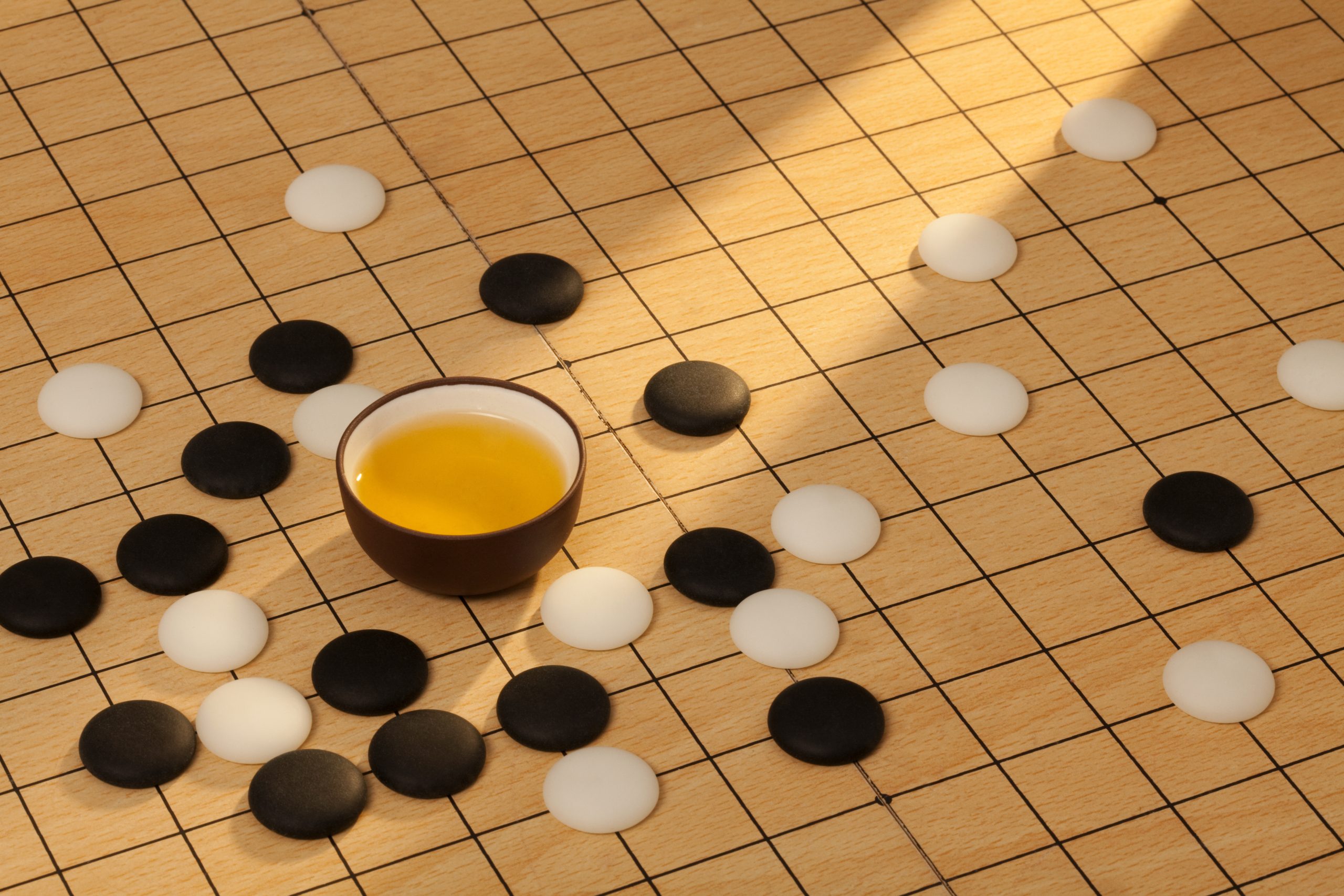Go is an ancient territory game played on a 19-by-19 grid with black and white stones. The rules are simple: players alternately place stones on intersections, capture opponent’s stones by surrounding them, and win by controlling more territory when play ends.
However, the game’s strategy is anything but simple. That very depth set the stage for one iconic moment in AI and Go alike: AlphaGo Move 37. The game’s blend of clear objectives and staggering depth is why a decade ago Go took center stage as a proving ground for modern machine learning.
Researchers like Demis Hassabis, the CEO of Google DeepMind, have long used games as ideal testing platforms because they offer fast feedback, measurable progress, and variable difficulty.
In its early years (2013–2015), DeepMind used classic Atari arcade games such as Breakout to show that a system could learn strategies using only what it saw on the screen and whether the score went up, without any scripted plan.
When Go became AI’s proving ground
These experiments set the stage for AlphaGo, culminating in AlphaGo Move 37, which in 2016—facing the world’s best Go players—began producing lines of play that hadn’t been used in a game that was more than 2,500 years old.
In March 2016, at the Four Seasons Hotel in Seoul, AlphaGo faced Go legend Lee Sedol in a five-game match. In a bright ballroom, cameras ringed the board as commentator Chris Garlock and Go professional Michael Redmond called each turn for a global livestream—AlphaGo Move 37 would land here in game two.
DeepMind researcher Aja Huang sat at the table to place AlphaGo’s moves by hand while the system ran remotely. By game two—Move 37—the room went hushed. Millions watched as an unfamiliar line of play landed and held.
AlphaGo chose a baffling move—now famous as AlphaGo Move 37— that wasn’t in any Go master’s playbook and Go tactics—one that expanded centuries of collective wisdom.
That moment didn’t arrive by brute force computing power, as Go resists the calculation-heavy style computers used to conquer chess. The game’s vast search space rewards pattern recognition and intuition.
AlphaGo learned the new tactic by self-play at massive scale, extracting principles that worked, then refining them over and over. It produced surprising but sound tactics—moves pros could study and, in some cases, adopt.
The hush in Seoul: AlphaGo Move 37 explained
Why? Because in front of a rapt audience a machine had raised the bar for what a machine can do. AlphaGo wasn’t just echoing established wisdom. It was playing to win, and along the way it revealed ideas that humans had missed for centuries. For a machine that’s a brand new kind of creativity: discovery learned through practice.
AlphaGo proved that a machine could discover workable ideas on its own—then show humans what we’d missed. More importantly, the AlphaGo moment pointed beyond games to scientific discovery.
After alphaGo move 37, Hassabis judged that the deep-learning + reinforcement-learning, self-play recipe—built around clear goals and fast feedback—was ready for science.
The team turned to a 50-year biology challenge: predict a protein’s 3D shape from its amino-acid sequence. The result was AlphaFold. Within about a year, AlphaFold predicted structures for roughly 200 million known proteins—what Hassabis called “a billion years of PhD time.” It reached accuracy down to the scale of an atom and launched a public database with Europe’s Bioinformatics Institute.
In our next story, we follow that method into the lab with AlphaFold—the AI that turned protein folding from a decades-long puzzle into a usable map.
For the first time, scientists could look up the three-dimensional shapes of most human proteins as easily as they might consult an atlas. What had been slow, painstaking work in individual labs became an open reference system, unlocking new routes for drug discovery, enzyme design, and basic biology.
FAQs
Q1. What exactly was AlphaGo’s “Move 37,” and why did it matter?
A: In game two versus Lee Sedol, AlphaGo played an unexpected shoulder-hit known as Move 37—a line pros considered nearly impossible at that moment. It reframed expert intuition about viable shapes.
Q2. Did AlphaGo win only through brute force computation?
A: No. Go’s search space defeats naive brute force. AlphaGo combined deep learning with reinforcement learning and self-play to build pattern intuition that allowed it to master the ancient game.






Leave a Reply